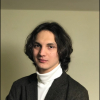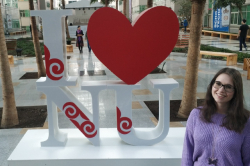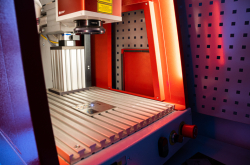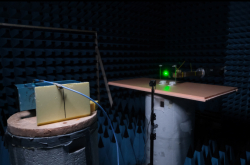Contents:
The origins
The center traces its roots to the Faculty of Photonics and Optoinformatics, which was formed at ITMO in 2002, with Dr. Sergei Kozlov, an expert in non-linear optics and ultrashort pulse lasers, serving as its head. In two years, the faculty launched its Master’s and Bachelor’s programs in photonics and optoinformatics – the first of their kind in Russia.
The faculty’s staff included renowned scientists and even members of the Russian Academy of Sciences, such as Eugene Alexandrov, an experimental physicist, Yuri Denisyuk, one of the founders of optical holography, Gury Petrovsky, a physical chemist, Nikolay Rosanov, an expert in non-linear optics, Alexey Bonch-Bruyevich, an expert in quantum electronics and wave optics, and others.
Over its 20-year-long history, the department received several grants and collaborated with various companies and universities both on the national and international levels. For example, the faculty partnered with Kazan National Research Technical University to install the pilot stretch of a quantum-encrypted communication line that became an important step in the development of Russia’s own fully secure communication network.
ITMO students and employees of the Research and Educational Center for Photonics and Optoinformatics work with a visualization tool. Photo by Dmitry Grigoryev / ITMO.NEWS
Read also:
Russia’s First Multi-Node Quantum Network: the Next Step for Quantum Communications of Tomorrow
Nanolasers, MRI, and Cultural Heritage: ITMO University Wins Three Megagrants
ITMO Scientists Create Method to Quickly Detect Painting Authenticity
The faculty is home to the Heritage Science Lab – a mobile laboratory dedicated to studying objects of Russia’s cultural heritage using state-of-the-art optical technologies – and is also behind the development of new methods of optical data transmission.
In December 2022, the faculty was reorganized into the Research and Educational Center for Photonics and Optoinformatics. It is currently headed by Dr. Anton Tsypkin, one of the founders of the field of terahertz aqueous photonics. The center is composed of several departments, each focusing on one of the traditional research areas of the former faculty: the Laboratory of Digital and Display Holography; the Heritage Science Lab; the International Research Center of Biophotonics, Optical and Quantum Information; the Laboratory of Quantum Informatics; the Laboratory of Quantum Processes and Measurements; and the Research Center for Optical Material Engineering.
“According to Russia’s Laser Association, in 2021 the volume of the global photonics market, which combines laser and optoelectronic technologies, amounted to around $1,500 billion, with an annual growth rate of 10%. Thus, it is important to train qualified specialists in order to further develop this field. That is why our center will not only teach students, but also collaborate with our partners in the industry, such as SMARTS-Quanttelecom, Russian Railways, and other major companies,” comments Dr. Tsypkin.
Dr. Anton Tsypkin. Photo by Dmitry Grigoryev / ITMO.NEWS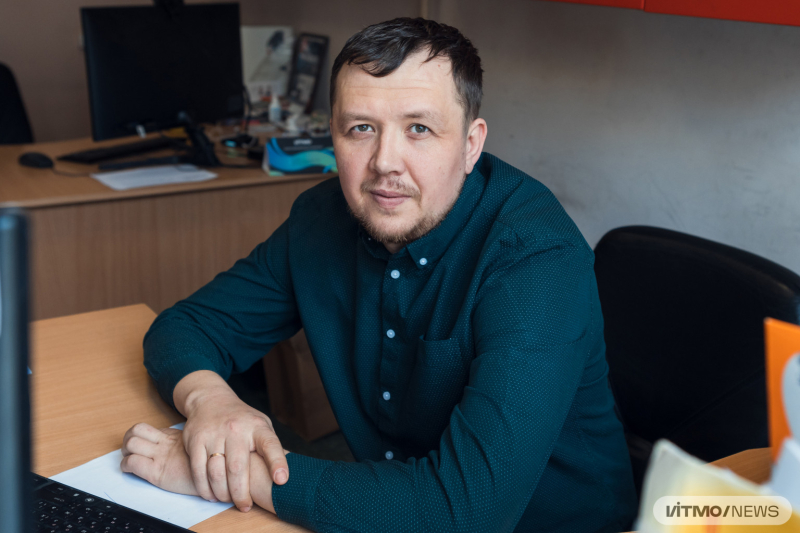
Education at the center
Bachelor’s program. Students of the Photonics and Optoinformatics Bachelor’s program will study quantum communications and networks, optical materials and devices, and the use of new nanomaterials in hydrogen power production, laser technology, art, and biophotonics.
The program’s curriculum includes research-based course projects and internships. This allows students to start working on innovative research projects that are funded by private companies and government contracts as early as their second year.
In their third year, students can choose to specialize in either quantum communications and femtotechnologies or advanced materials and technologies of photonics. The first track is dedicated to studying quantum and non-linear optics and their use in the transfer and processing of data. The second is focused on synthesizing and studying the properties of optical materials, such as glass, crystal, sitall, ceramic, film, and various coatings and fibers.
Master’s program. The Applied Photonics Master’s program combines four specializations:
- Quantum Communications. Students in this specialization will train on actual equipment of the “quantum highway” communication network. Practical training will also be conducted at Russian Railways and SMARTS-Quanttelecom.
- Superfast Photonics. Students within this specialization will learn the technological aspects of quantum communications for secure data transfer. Moreover, students will study 6G communications, defect detection, and non-destructive control systems.
- Art Photonics. Within this specialization, students will learn to work with optical methods to analyze works of art – including spectroscopy, which helps evaluate the chemical composition of paints and canvases, and terahertz visualization, which looks into the structure of analyzed objects.
- Photonics Materials. The curriculum will include all aspects of working with optical materials: from developing new ones to designing next-gen photonic elements and devices.
Graduates can pursue a career in science, as well as successfully apply for positions at such companies as JSC Electropribor, Kometa, Krypten, JSC SMARTS-Quanttelecom, Russian Railways, and more.
Read also:
First in Russia: ITMO to Launch Interdisciplinary Program in Photonics
An ITMO student and an employee of the Research and Educational Center for Photonics and Optoinformatics works with a quantum communications system. Photo by Dmitry Grigoryev / ITMO.NEWS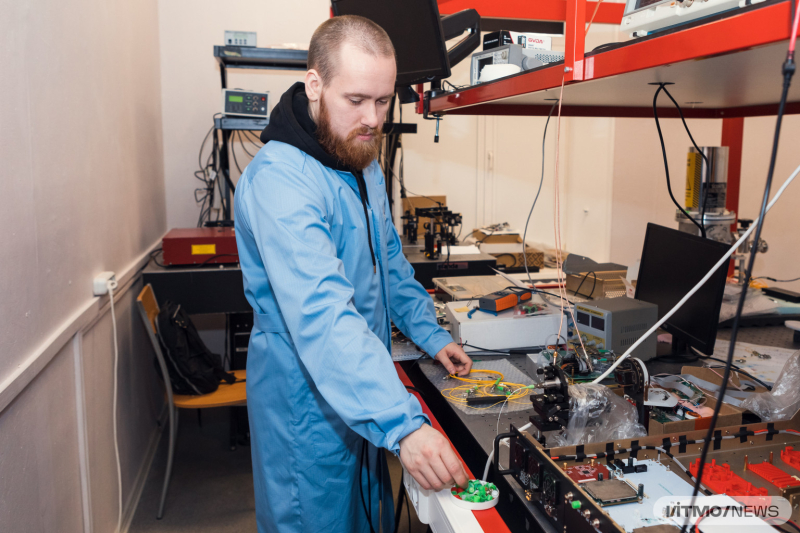
PhD studies. Master’s graduates can also continue their studies at the PhD level within the following specializations:
- Optics
- Theoretical Physics
- Photonics
- Optical and Opto-Electronic Devices and Complexes
Every PhD student is assigned to a research project at the Research and Educational Center for Photonics and Optoinformatics.
Research activities
The Laboratory of Digital and Display Holography focuses on fundamental and applied research into wavefront registration, propagation and reconstruction, as well as the design of new optical devices (such as the terahertz holographic spectrometer, a device created to help develop new and more efficient methods of wireless data transmission). The lab also conducts research into non-destructive industrial testing methods and display holograms. These holograms can be used in museum exhibitions, as well as to recreate lost objects of cultural heritage based on their 3D models.
Read also:
ITMO Researchers Among World’s Top Specialists in Holography
Holographic portrait of Yuri Denisyuk, one of the founders of holography. Photo by Dmitry Grigoryev / ITMO.NEWS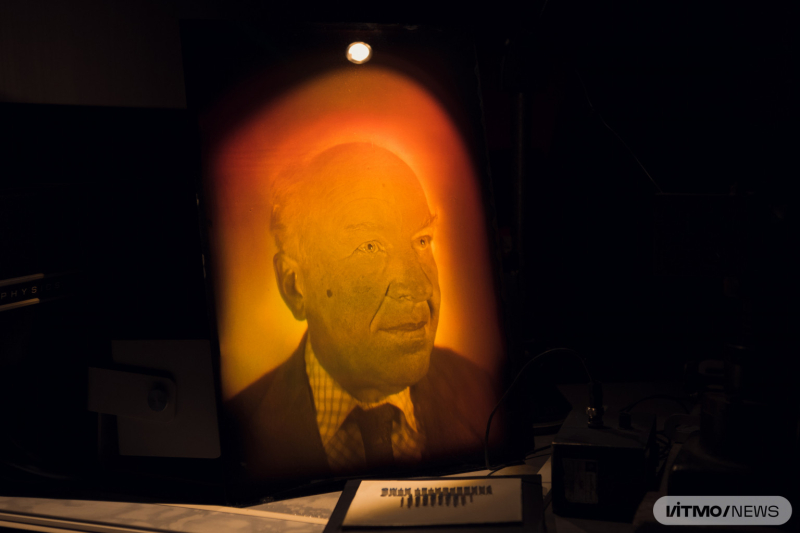
The experts of the Heritage Science Laboratory investigate museum collections and cultural heritage objects using optical spectroscopy and tomography methods. The researchers also develop new methods of analyzing artworks and architecture, as well as evaluate the condition of cultural heritage objects. The laboratory frequently collaborates with conservation experts and curators from leading Russian museums, including the State Russian Museum and the Hermitage.
The laboratory includes a mobile group, which is equipped with portable equipment for on-site research. It studies non-transportable and difficult to transport objects of historical and cultural heritage (murals, sculptures, buildings). It also assists smaller museums that do not have the capabilities required to perform their own evaluations. Another of the lab’s initiatives is a database of artworks and cultural heritage objects. This database contains the results of every test and evaluation conducted by the mobile group.
Read also:
How Russian and French Researchers are Helping to Restore Classic Art
Heritage Science at ITMO: Collaboration With Russian Museum and French Colleagues
The International Research Center of Biophotonics, Optical and Quantum Information conducts research into non-linear femtosecond optics and generation of terahertz radiation in new materials. Based on this research, scientists develop new non-destructive methods of testing and industrial quality assurance. The research center’s international partners include: the University of Rochester (USA), Tampere University of Technology (Finland), and the University of Bordeaux (France).
The Laboratory of Quantum Informatics is dedicated to researching various quantum technologies. Their work involves quantum key distribution systems, quantum networks, random bit generators, quantum hacking, and the element base for quantum computation (which includes integrated photonic circuits).
The center’s experts are qualified to take part in various research and development projects from both Russian government institutions and private companies (e.g. Russian Railways).
The Laboratory of Quantum Processes and Measurements is creating and improving models of quantum optical devices in order to then use them in quantum communication and informatics. Their main areas of research are: quantum imaging, quantum optics, and quantum information theory. One example of the possible applications of their research is object imaging at a higher definition than anything achievable via classical optics. Such systems can be used in biomedicine and non-invasive safety monitoring.
The Research Center for Optical Material Engineering develops new optical materials and methods of their production; the facility also works on new ways to study the properties of these materials and the photophysical and photochemical phenomena that occur within them. Finally, these materials are used to produce devices and components for the photonics and optoinformatics market.
Valeria Ponomareva and Egor Oparin, students employed at the Research and Educational Center for Photonics and Optoinformatics, alongside Anton Tsypkin, the head of the center. Photo by Dmitry Grigoryev / ITMO.NEWS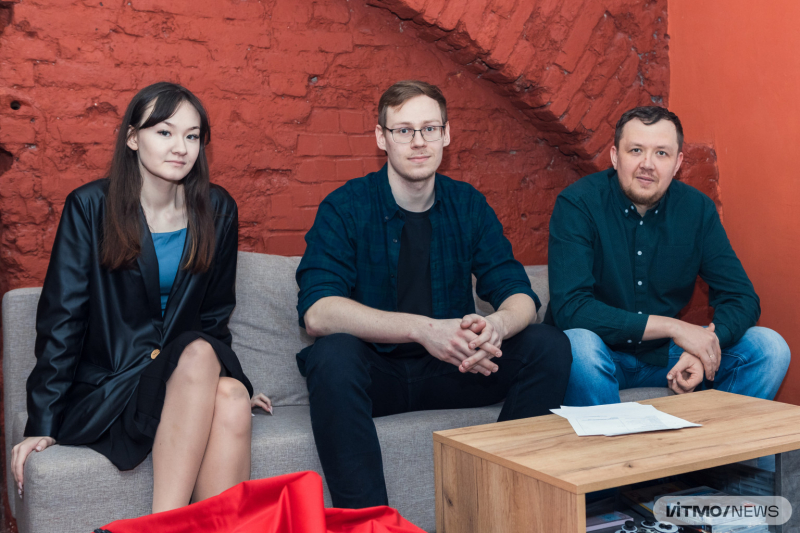
For instance, the center has already successfully developed optical materials of various types: glass for fiber and integrated optics; laser, photochromic, magneto-optical, and plasmonic glass; ultra-strong glass and ceramics; ion-exchange and luminescent glass (including ruby- and perovskite-based types); and photo-thermo-refractive glass.
Also among the center’s projects are various photonics elements and devices: optical modules for augmented reality goggles and displays; ultra-narrowband spectral filters for semiconductor lasers; holographic combiners for strong laser beams; chirped Bragg lattices for compression of laser pulses; compact holographic prisms for navigation systems; mini-chip lasers; optical interference films; antibacterial coatings; photocatalysts for water splitting; nanocomposites for air and water purification; photonic-crystal fibers; and more.


